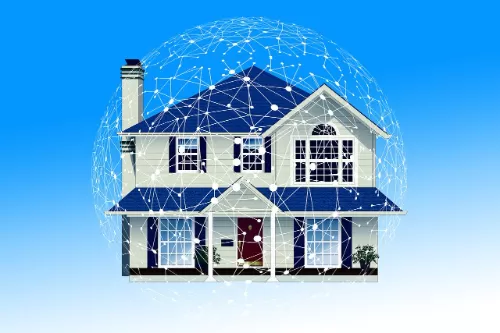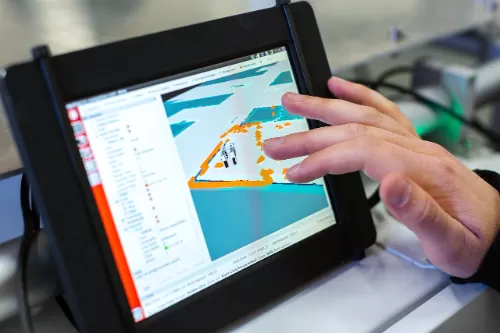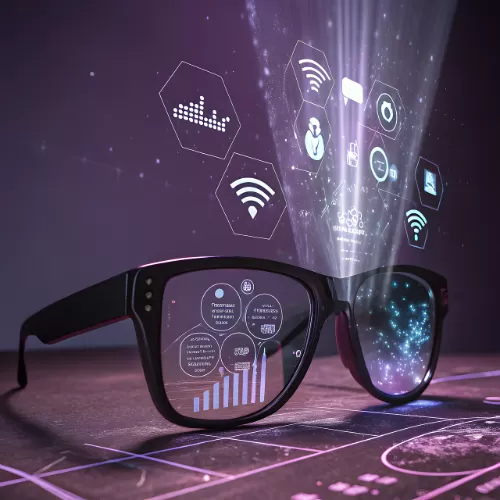Smart Cooling Materials: Revolutionizing Home Energy Efficiency Without AC
In a world grappling with rising temperatures and energy costs, smart cooling materials are emerging as a game-changing solution. These innovative technologies—from coatings that radiate heat into space to fabrics that store excess warmth—are reshaping how we cool our homes, reduce energy bills, and combat climate change. Unlike traditional air conditioning (AC), which relies on energy-intensive refrigerants, smart cooling materials work passively, using physics and advanced engineering to keep spaces comfortable.
Related searches

The Science of Passive Cooling
At the heart of smart cooling materials lies a simple principle: controlling heat flow without electricity. For example, radiative cooling coatings mimic the Earth’s natural ability to release heat into the atmosphere. These materials, often made from silica or ceramic particles, reflect sunlight and emit infrared radiation, effectively lowering surface temperatures by 5–10°C. Companies like MIT’s Coolerado and China’s Chuangleng Technology have developed such coatings for roofs and walls, cutting indoor temperatures by up to 15°C in hot climates.
Another breakthrough is phase change materials (PCMs), which absorb and store heat during peak temperatures. When installed in walls or flooring, PCMs melt at specific temperatures, absorbing excess heat and releasing it later when conditions cool. NASA first used PCMs in space suits to regulate astronauts’ body temperatures; today, they’re being adapted for homes, reducing AC usage by 30–40%.
Beyond Air Conditioning: Practical Applications
Smart cooling materials are versatile and cost-effective. In urban areas, where concrete jungles trap heat, cool roofs coated with reflective materials can reduce building energy use by 20%. In India, researchers at the Indian Institute of Technology found that using these coatings on schools lowered indoor temperatures by 8°C, improving learning conditions without AC.
For smaller spaces, radiative cooling films applied to windows can block sunlight while allowing heat to escape. These films, developed by Stanford University, are transparent and energy-efficient, making them ideal for apartments and offices. Similarly, evaporative cooling panels, which use water evaporation to cool air, are gaining traction in arid regions like the Middle East.
Environmental and Economic Benefits
The shift to smart cooling materials has far-reaching impacts. Traditional AC systems contribute 10% of global electricity consumption and rely on hydrofluorocarbons (HFCs), potent greenhouse gases. By contrast, passive cooling technologies reduce carbon emissions and lower energy bills. A 2025 study by the International Energy Agency projected that widespread adoption of smart cooling materials could save 1,200 terawatt-hours of electricity annually by 2050—enough to power 120 million homes.
These materials also enhance resilience in developing nations. In sub-Saharan Africa, where AC penetration is low, cooling bricks infused with PCMs are being used to keep hospitals and food storage facilities at safe temperatures. This not only improves public health but also supports local economies by reducing food waste.
The Future of Cooling
As research progresses, smart cooling materials are becoming smarter. Scientists are exploring nanotechnology to create ultra-thin coatings that reflect sunlight across broader wavelengths. For instance, nanophotonic materials developed at Harvard University can cool surfaces even under direct sunlight. Meanwhile, biomimetic designs inspired by nature—such as the Namibian fog-basking beetle’s water-harvesting exoskeleton—are improving evaporative cooling efficiency.
Governments and organizations are also driving adoption. The UN Sustainable Development Goals prioritize access to sustainable cooling, and initiatives like the Global Cool Coalition aim to deploy 100 million passive cooling systems by 2030. In China, the National Key R&D Program is funding projects to integrate smart cooling materials into affordable housing.
Conclusion
Smart cooling materials represent a paradigm shift in how we interact with our environment. By harnessing physics and innovation, these technologies offer a sustainable, cost-effective alternative to traditional AC. Whether through reflective roofs, heat-storing walls, or nature-inspired designs, they’re making cooling accessible, efficient, and eco-friendly. As the planet warms, smart cooling materials aren’t just a luxury—they’re a necessity, bridging the gap between comfort and climate action.








